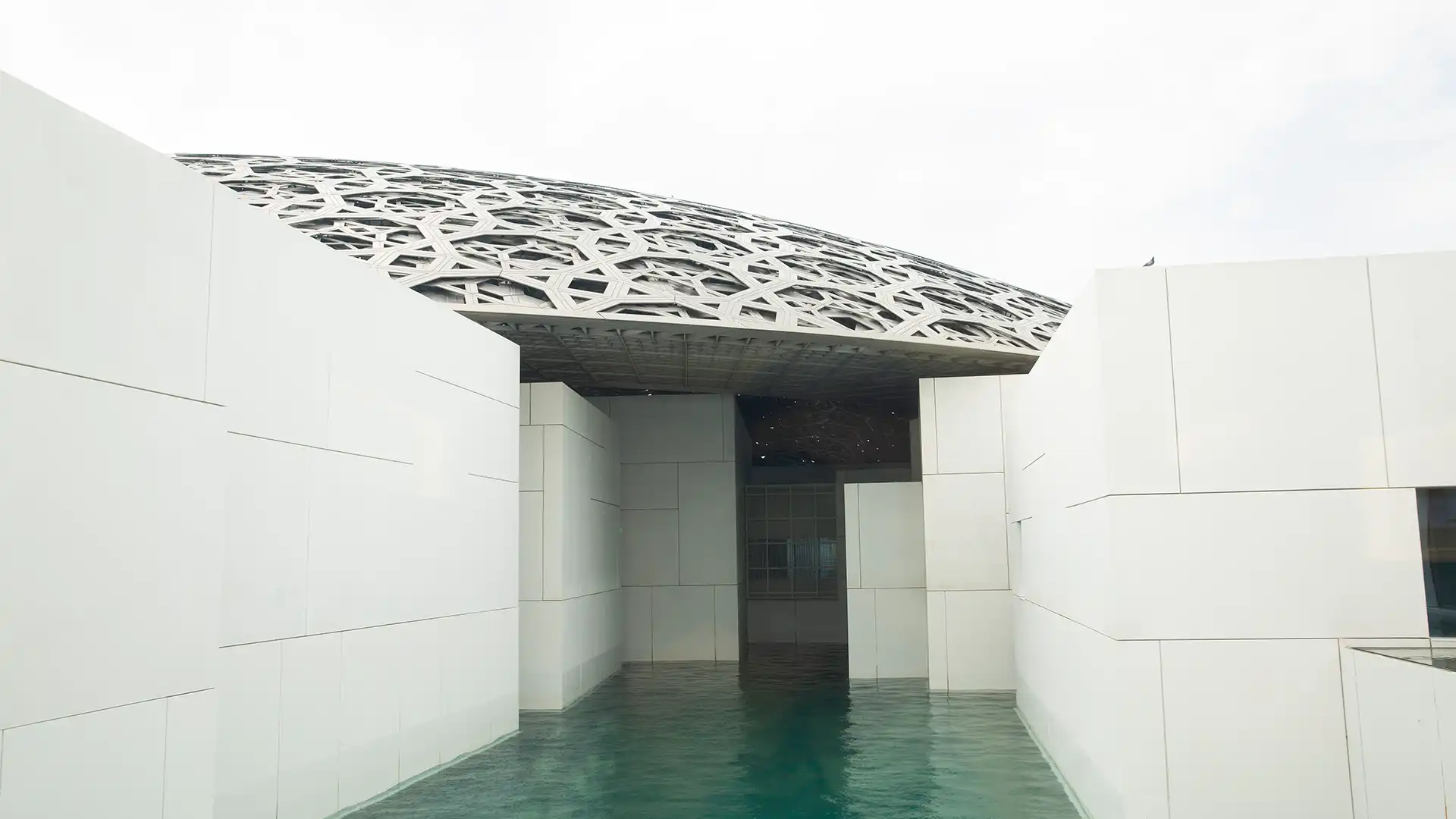How is Natural Stone Shaping Modern Architecture?

Modern architecture is all about pushing boundaries – challenging traditional concepts while embracing innovation, functionality, and sustainability. But natural stone is making a powerful comeback amidst the glass, steel, and concrete that often dominate today’s skylines. From sleek urban facades to sculptural interiors, architects and designers are redefining modernity by incorporating natural stone in ways that are both cutting-edge and deeply rooted in tradition.
A Shift Towards Authenticity
In an era where sustainability and authenticity drive architectural choices, natural stone stands out as an enduring material that bridges the past and future. Unlike synthetic alternatives, natural stone boasts a raw, organic quality that brings warmth and character to even the most contemporary spaces.
Minimalist designs benefit from their understated elegance, while more avant-garde structures use their texture and depth to create a striking contrast with modern materials. Whether used in monolithic slabs or intricate geometric cladding, natural stone introduces an element of nature that harmonises seamlessly with urban environments.
Sustainability Meets Innovation
Sustainability is no longer a choice but a necessity in architecture, and natural stone perfectly aligns with this vision. As a naturally occurring material, it requires minimal processing compared to energy-intensive alternatives like concrete and ceramics.
Key sustainability benefits of natural stone include:
- Longevity – Outlasts many artificial materials, reducing waste over time
- Minimal Processing – Lower carbon footprint compared to synthetic materials
- Thermal Regulation – Helps maintain indoor temperatures, improving energy efficiency
- Recyclability – Can be repurposed or reclaimed without losing its aesthetic appeal
With advancements in quarrying and precision-cutting technologies, architects can responsibly source stones while minimising environmental impact.
Breaking Design Barriers with Natural Stone
Modern architects are no longer limited to traditional uses of stone. With cutting-edge technology and bold design thinking, natural stone is being reimagined in unexpected ways:
1. Ultra-thin and lightweight stone panels
Thanks to advanced cutting techniques, natural stone can now be transformed into ultra-thin, lightweight panels that retain all the beauty of solid stone while being easier to install on high-rises and interiors. These panels revolutionise stone’s application, making it ideal for modern, sleek designs.
2. Seamless indoor-outdoor integration
One of modern architecture’s defining trends is the fluidity between indoor and outdoor spaces. Large-format stone slabs extend from interior floors to exterior facades, creating a sense of continuity. This enhances visual appeal and strengthens the connection between built structures and nature.
3. Experimental textures and finishes
Modern architecture embraces textures that add depth and dimension. Flamed, leathered, bush-hammered, or sandblasted finishes provide unique tactile experiences, allowing architects to play with light, shadow, and contrast. These finishes redefine how we perceive and interact with stone surfaces.
4. High-performance stone cladding
With innovations in anchoring systems and stone composite technologies, natural stone cladding is now lighter, stronger, and more adaptable to modern buildings. Its ability to regulate temperature, reduce maintenance, and elevate aesthetics makes it a choice for sustainable architectural facades.
Not Just a Material – A Statement
From avant-garde commercial buildings to minimalist luxury homes, natural stone proves that modern architecture doesn’t have to rely solely on synthetic materials to feel contemporary. Its ability to blend with cutting-edge design principles while standing the test of time makes it an essential element of 21st-century architecture.
By integrating natural stone into modern spaces, architects aren’t just revisiting the past and rewriting the future. The new rules of architecture don’t exclude stone; they embrace it in ways we’ve never seen before.
